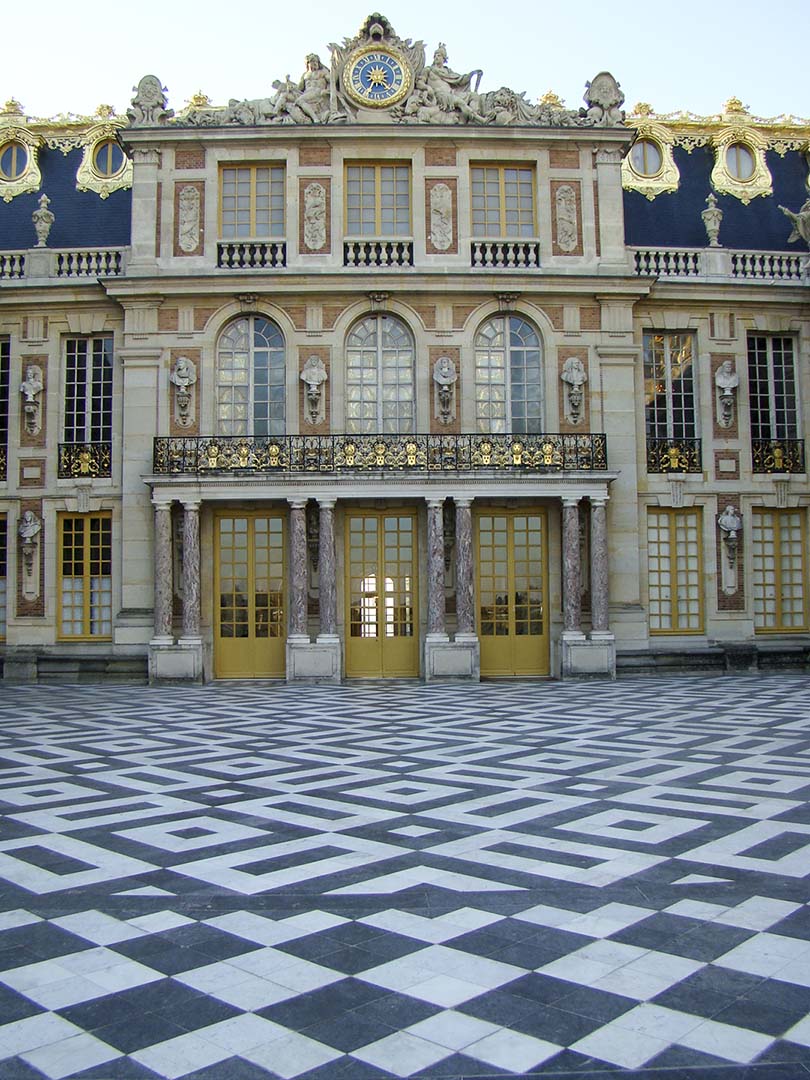
Anet (France), entrance of the castle, Philibert Delorme, ca. 1550, initially highly polychromatic.
Year designation
Lithology
Aesthetics
Geological settings
Paleozoic – Upper Devonian (Frasnian) and Lower Carboniferous (Viséan)
Location
Wallonia, provinces of Hainaut, Namur and Liège, today one underground quarry
Anet (France), entrance of the castle, Philibert Delorme, ca. 1550, initially highly polychromatic.
The darkest of all dark limestones
The Belgian black marbles were already used since Antiquity as marble sheets for inscriptions and dark tessera for mosaics. During the Middle Age, the famous tombs of the dukes of Burgundy fashion for this kind of mausoleum, replicated in many churches of Western Europe. Quarries around Namur and Dinant were very close to the Meuse river, one of the major European trade routes ever. Upstream, black marbles were transported to France, downstream, material were able to reach the sea through Holland and to travel further to the North (following the Hanseatic network to Denmark, Poland and Baltic states), to England or to the South, sometimes very far. The black marbles were also transported by the Rhine, upstream from the Meuse confluence in Dordrecht (for example to the Cologne Dom). In the early 17th century, many elements were transported to Florence, for the Medici workshops of Pietre Dure marquetries. The black marbles were often used for Baroque decoration, in churches following the Trento Council, or in secular buildings, in contrast with lighter or brighter colors. Since the 19th century, Belgian black marbles were exported all over the world, and are still today appreciated everywhere by architects, designers and artists.
- Author(s)
Francis Tourneur.
SPW/ARNE, 15 avenue Prince de Liège, B-5100 Jambes


